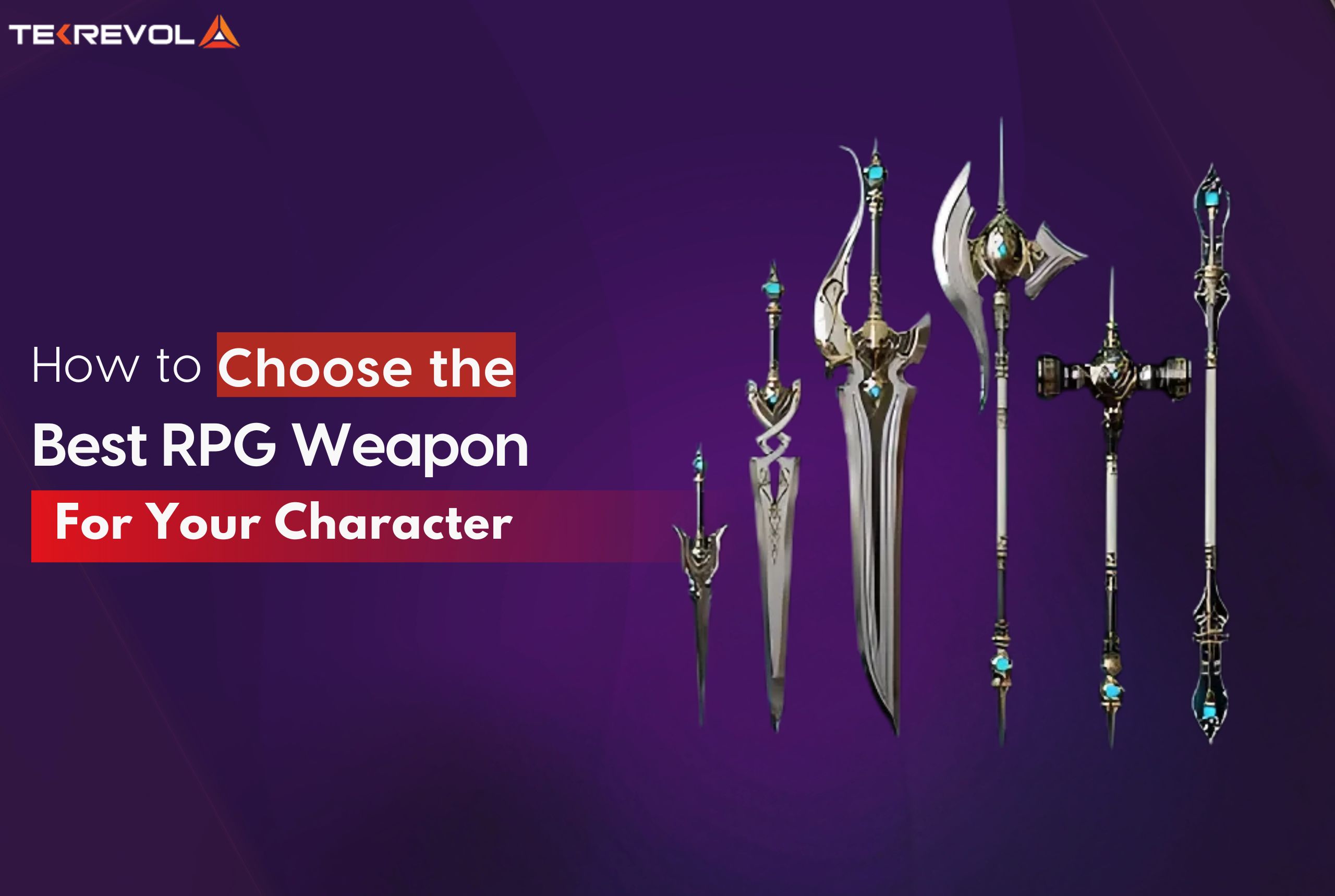Mobile gaming is no longer a hobby. It has now become a billion‑dollar business. According to Statista, mobile games will generate $126.1 billion in revenue in 2025, accounting for more than half of the global games market. That makes mobile gaming trends central to nearly every developer and publisher.
Toronto game studios, giants in China, indie teams in India; all chase the same mobile game trends: AI‑powered personalization, live-ops monetization, and cross-platform reach. These trends in app design, engagement strategies, and accessible experiences are changing both what games cost to build and how they earn.
This blog explores the top mobile app development trends shaping the mobile gaming industry in 2025. We also cover market size, monetization models, emerging tech, accessibility, and what these shifts mean for developers, publishers, and players alike.
Mobile Game Market Outlook & Growth
Mobile games drove global growth even as downloads stalled. According to Sensor Tower, in-app purchase revenue rose 4% in 2024, while time spent increased 8% and sessions climbed 12%. That resilience highlights how mobile game industry trends pivot from user count to engagement and monetization.
Newzoo projects mobile gaming revenue at $103.1 billion in 2025, growing at about 2.9% CAGR through 2027. As competition tightens, developers shift toward retention-driven mechanics and paid content, not just free downloads.
Emerging Mobile Gaming Trends
The mobile game industry trends of 2025 center on monetization, personalization, live-ops, and inclusion. AI helps define content; cloud services expand reach; hybrid business models maximize revenue. As gaming evolves, developers must track these mobile game trends, align with data, and adjust fast.
-
The Rise of Casual Games
The rise of casual games, quirky, low-stress titles like Stardew Valley and Palia, is pushing mobile game trends toward inclusive and mental wellness and friendly experiences. These titles attract older gamers and women in greater proportions, reshaping demographics and player expectations.
Different genres diversify with immersive themes, social mechanics, and relaxed pacing, showing that mobile gaming trends have room for more than just freemium blockbusters.
-
AI and Procedural Content Generation
AI is transforming mobile game development. Developers now generate dynamic levels, predict spending behavior, and adjust content in real time. King uses AI to auto-generate thousands of Candy Crush levels weekly. Meanwhile, sensor data helps target in-app offers based on user behavior.
Players increasingly expect personalized experiences. Unity’s AI-powered tools allow developers to enhance user experiences through dynamic environments, adaptive difficulty levels, and personalized content. If your game doesn’t adapt, it may lose out to those that do, making AI integration a defining mobile game trend in 2025.
-
Cross-Platform and Cloud Gaming
The noticeable potential of cloud gaming is its ability to unlock AAA titles on mobile devices, without hardware limits. Though not mainstream for every title yet, streaming services like Boosteroid reach millions, and cloud access is one of the fastest-growing sectors in gaming.
Here, cross-platform compatibility continues to influence design. Games that allow players to switch between phone, console, and PC retain higher engagement, a critical mobile gaming trend in global markets.
-
The Indie Game Boom
The rise of indie developers is reshaping the industry as smaller studios gain access to powerful game engines, distribution platforms, and monetization strategies. The market is no longer dominated solely by big-budget studios, creating new opportunities for innovation and unique storytelling.
The Role of Unity 3D in Modern Mobile Gaming
Unity 3D has emerged as the backbone of mobile game development due to its versatility, cross-platform capabilities, and robust ecosystem. It allows developers to create immersive gaming experiences with minimal friction in deployment across iOS, Android, and other platforms.
At TekRevol, we use Unity 3D in combination with analytical tools to track market trends and player behavior and predict future gaming trends. For instance, if GTA releases a new title, we anticipate a surge in open-world games across Steam, PC, consoles, and mobile platforms, enabling us to adjust our development strategies accordingly.
- The Future of Mobile Gaming is Streaming—Are You In?
- Cloud gaming and cross-platform play are reshaping how we play. Don’t let your game get stuck in the past!
Challenges in Mobile Gaming
DEI vs. Gamer Controversies
Diversity, Equity, and Inclusion (DEI) initiatives have sparked debates within the gaming community. While the industry aims for inclusivity, some gamers resist perceived forced changes in game narratives and character designs. Addressing these issues without alienating players is a key challenge for developers.
Monetization and User Acquisition Costs
The cost of acquiring new users is rising, and developers must balance monetization strategies without compromising user experience. In-app purchases, ads, and subscription models are evolving, and finding the right mix is crucial for sustained growth.
New Opportunities for Developers and CTOs
-
Expanding to New Platforms
With the rise of mobile, PC, and console integration, developers now have multiple platforms to launch their games. Leveraging Unity’s cross-platform capabilities allows seamless expansion to new markets.
-
Leveraging Data Analytics
Advanced analytics tools help developers understand player behavior, optimize game mechanics, and improve retention rates. Using predictive analysis, developers can align their game development strategies with emerging trends.
-
Blockchain and NFT Integration
While still in its infancy, blockchain technology is opening new monetization avenues through NFTs and play-to-earn models. Developers exploring this space can create unique digital economies within their games.
-
Focus on Community-Driven Development
Indie developers are increasingly involving their communities in game development through early access, crowdfunding, and feedback loops. This trend fosters player loyalty and enhances engagement.
Conclusion
The mobile gaming industry is evolving rapidly, with Unity 3D playing a pivotal role in shaping new experiences. From Web3, VR/AR integration, to real-time immersive events, it is hard to expect which trends affect gaming startups, especially on mobile.
At TekRevol, we leverage analytical tools to stay ahead of mobile gaming trends, ensuring our games align with market demands. Developers and CTOs must embrace emerging technologies, cross-platform opportunities, and data-driven insights to thrive in this dynamic landscape. The future of mobile gaming lies in innovation, accessibility, and a player-first approach.
- Stay Ahead or Stay Forgotten?
- The mobile gaming industry is evolving at warp speed. Keep up with the trends before your competitors leave you in the dust!











